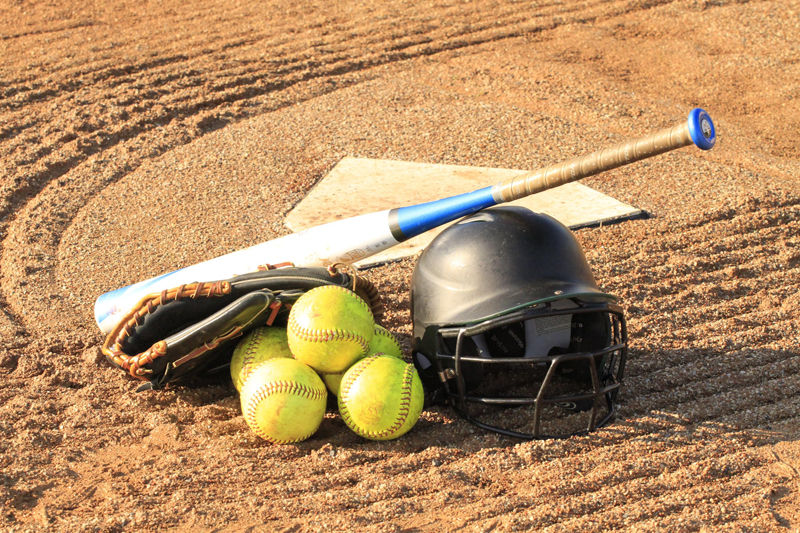Scorekeeping an Outfield Hit

Welcome back if you had to click away to another article! By now, the concepts of “base hit”, “error”, and “sacrifice play” should be familiar from a scorekeeping perspective. Now let us apply these concepts to a ball hit to the outfield.
Per ASA Rule 11, Section 2.B.3, if a ball is hit to the outfield and hits the ground or fence before a fielder touches it, it is almost always scored a base hit. There are two exceptions of which I can think. The first is the case when the fielder was not paying attention to the game and because of that inattention the ball landed safely – that is an error in my book. The other exception is a play one almost never sees in baseball but sees regularly in softball. Often, a ball hit to right field comes off the bat looking like a hit, but the right fielder fields the ball and throws it to first base for the force out. This is a simple put out scored “9-3”. By the way, this is such a big part of my team’s strategy that I call my right fielder our sixth infielder.
There are times when the batter should get credited for a base hit even though a preceding runner gets thrown out on the play. A typical example of this is when a runner is on first, the batter hits the ball to the shallow outfield, and the ball lands between fielders. The runner on first has to freeze or take a small lead, and then run when she sees the ball hit the ground. However, the alert fielder will pick up the ball and force the runner out at second. Instead of a Fielder’s Choice against the batter, this play should be scored a single for the batter with the runner being forced out (draw a shortened line from first to second for the runner, and if the center fielder threw to the shortstop at second to get her out, write “8-6” above the runner’s line).
There are also times when it is tempting to give the batter more credit that she should get for her at bat, say…giving her a double on a hit that should correctly scored a single. This happens most often when a play is made at another base, allowing the batter to advance one more base than she normally would have gotten on the hit. For example, with a runner on third, the batter hits a ball to medium center field that the center fielder catches on one bounce. The center fielder throws home attempting to gun down the runner from third, and because she does, the batter who is on first runs to second base. Instead of scoring this a double for the batter, it should be scored a single. Then, above the line drawn from first base to second base, the scorekeeper should write “AOT” (Advanced on Throw) to indicate that the batter advanced to second on the throw to home.
The normal rules for judging the hit an error or not, or a sacrifice or not, generally apply. However, a caveat that I would apply is that because an outfielder is expected to cover more ground, she is expected to make a running catch with reasonable effort. Therefore, if she is running and the ball pops in and out of her glove, the play should generally be scored an error unless she is lunging or otherwise off-balance trying to make the play. Ultimately, the final call is the score keeper’s judgment, so trust your instincts!
Remember, the scorekeeper’s job is to capture as accurately and completely as possible what occurs during the game. The more detailed and correct the score book is kept, the better it assists the coach, both during the game and afterward. To this Fast Pitch softball coach, I know an accurate score book is absolutely vital to my team’s success.
BellaOnline Softball Subject List: Coach´s Box, Health & Medical, History of Softball, International Softball, Organizations, Parents , Professional Softball, Reviews, Rules & Regulations, Scorekeeping, Stats & Analysis, Travel Ball |
This site needs an editor - click to learn more!
You Should Also Read:
Scorekeeping an Infield Hit
Scorekeeping a Sacrifice Play
Scorekeeping an Error in Softball
Related Articles
Editor's Picks Articles
Top Ten Articles
Previous Features
Site Map
Content copyright © 2023 by Don McKay. All rights reserved.
This content was written by Don McKay. If you wish to use this content in any manner, you need written permission. Contact
BellaOnline Administration
for details.


